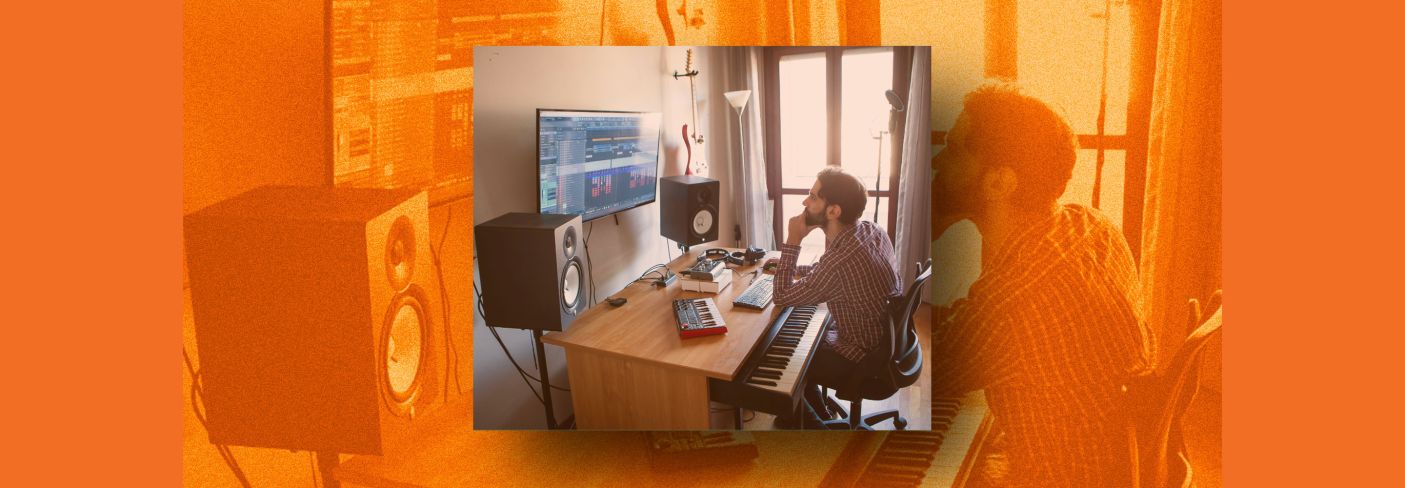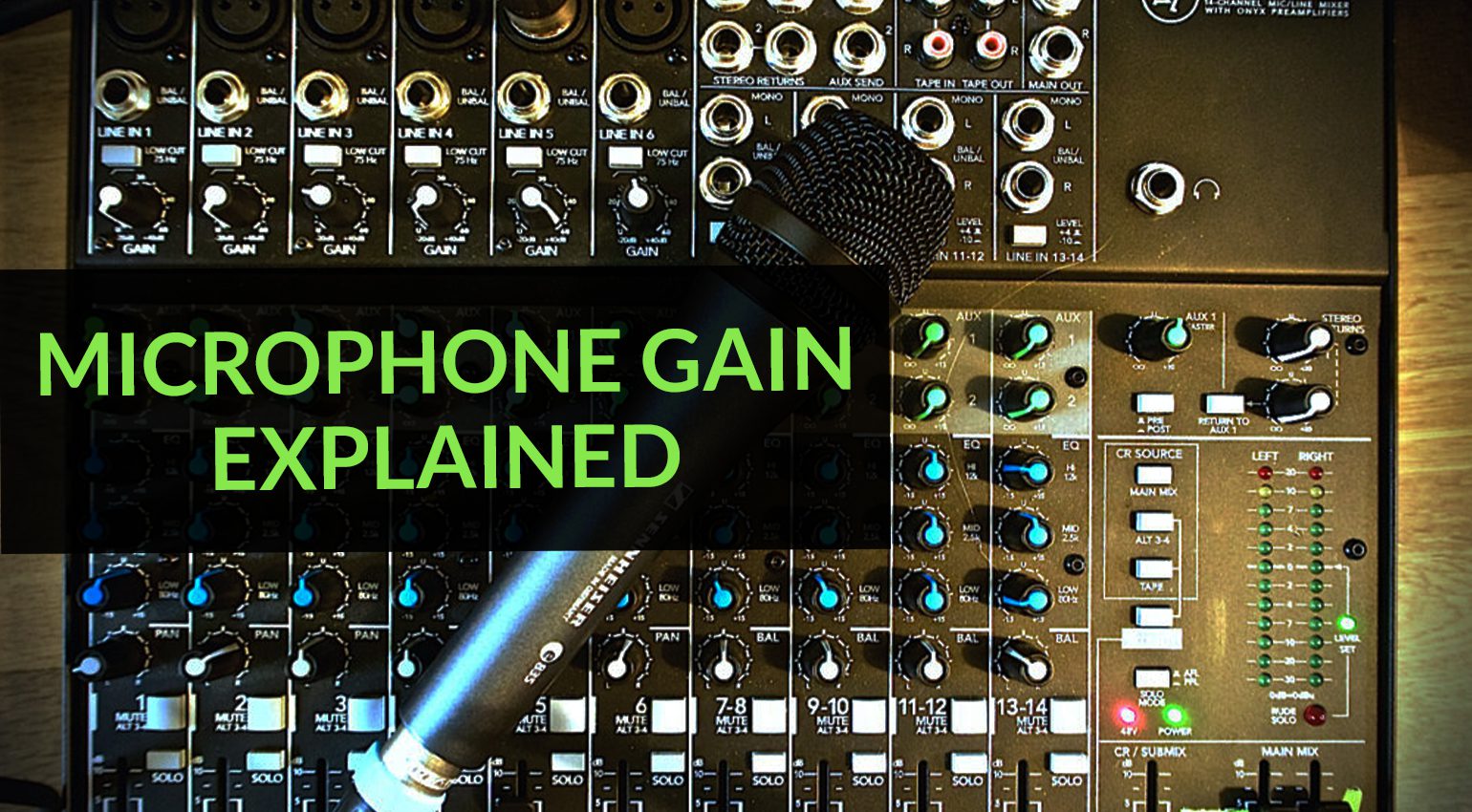Avoid over-compression and excessive use of effects when mixing music. It is essential to maintain balance and clarity in sound to prevent muddiness and distortion in the final mix.
As a music producer or engineer, steering clear of these common mistakes can significantly enhance the overall quality of your music productions. While it may be tempting to apply heavy processing to achieve a certain sound, it is crucial to always prioritize the clarity and balance of the mix.
By avoiding these mistakes, you can create professional and polished mixes that truly showcase the musical elements in their best light. Let’s explore some of the crucial mistakes to avoid when mixing music to help you elevate your production skills and deliver high-quality music.
Common Mistakes In Music Mixing
Skipping Reference Tracks
Not using reference tracks can lead to inaccurate sound judgments.
- Listen to professional tracks to compare your mix quality.
- Adjust your mix based on reference track dynamics.
Overlooking Room Acoustics
Room acoustics greatly impact your mixing decisions.
- Address room reflections by using acoustic treatment.
- Consider monitoring in different parts of the room for accuracy.
The Importance Of Proper Equipment
Investing in Quality Monitors: Great monitors are essential for accurate sound representation.
Utilizing High-Quality Headphones: Ensure proper sound isolation and detailed audio.
Understanding Eq And Compression
When it comes to mixing music, understanding EQ and compression is crucial for achieving a well-balanced and professional sound. EQ allows you to manipulate the frequency content of audio signals, while compression helps control the dynamic range, ensuring a more even and consistent performance.
Balancing Frequency Bands
Balancing frequency bands is essential for ensuring that each instrument and vocal sits well in the mix. It involves adjusting the levels of different frequency ranges to create space and clarity. Use a spectral analyzer to identify overlapping frequencies and make cut and boost adjustments accordingly.
Remember to apply EQ subtractively by cutting unwanted frequencies, rather than boosting excessively. This approach prevents the mix from sounding harsh or muddy. Take a surgical EQ approach and make subtle adjustments to avoid drastic tonal changes.
Avoiding Over-compression
Avoiding Over-Compression is crucial to maintain the natural dynamics of the music. Use compression sparingly and set appropriate attack and release times to preserve transients. Apply minimal gain reduction to prevent squashing the audio and maintain a natural and dynamic sound.
It’s important to listen critically and ensure that the compression is enhancing the performance, rather than detracting from it. Experiment with different compression ratios and threshold settings to achieve the desired balance without compromising the integrity of the original recording.

Credit: www.izotope.com
Effective Use Of Reverb And Delay
Mastering the effective use of reverb and delay in music mixing is crucial to achieving a professional sound. Avoid common pitfalls like overusing these effects, which can muddy the mix and diminish the clarity of your tracks. By using reverb and delay in moderation and with intention, you can enhance the overall quality of your music production.
Creating Depth And Space
When it comes to mixing music, an important aspect is the effective use of reverb and delay. These effects can add depth and space to your mix, giving it a more immersive and professional sound. Reverb helps create the illusion of a specific acoustic environment, while delay adds echoes and repetitions to enhance certain elements of the mix. However, it’s crucial to use these effects wisely to avoid clutter and muddiness in your mix.
Avoiding Clutter And Muddiness
To avoid clutter and muddiness in your mix, it’s important to exercise restraint when using reverb and delay. Too much reverb can make the mix sound washed out and distant, while excessive delay can create a messy and indistinct sound. Here are some tips to help you use reverb and delay effectively without compromising clarity and cohesion in your mix:
- Start with the dry sound:
Ensure your mix sounds good without any effects first. Get the balance and EQ right before adding reverb and delay.
- Use reverb and delay as enhancements:
Instead of relying on reverb and delay to cover up flaws in your mix, use them to enhance specific elements, such as vocals or instruments.
- Adjust the decay time:
Shorter decay times can create a tighter and more focused sound, while longer decay times can add a sense of space and depth. Experiment with different settings to find the right balance.
- Consider the pre-delay:
Pre-delay determines the time between the dry sound and the beginning of the reverb or delay effect. A shorter pre-delay can make the effect feel closer to the dry sound, while a longer pre-delay can create a sense of distance. Choose the pre-delay that fits the mood and intention of your mix.
- Don’t forget about EQ:
Applying EQ to the reverb and delay effects can help control frequencies that may clash with the dry sound. Consider cutting or boosting certain frequencies to ensure clarity and avoid muddiness.
- Use automation:
Automating the reverb and delay parameters can add dynamics and movement to your mix. Experiment with different levels and timings to create a more engaging and dynamic listening experience.
Avoiding Over-processing And Over-editing
When mixing music, it’s crucial to avoid the trap of over-processing and over-editing. Striking the right balance ensures a clean and polished sound without compromising the original creativity and emotion of the music. Stay mindful of this key aspect to maintain the authenticity and impact of your mix.
Preserving The Natural Sound
One crucial mistake to avoid when mixing music is over-processing and over-editing. It’s easy to fall into the trap of thinking that adding a bunch of effects or manipulating the audio too much will make it sound better. However, in reality, over-processing can lead to a loss of the natural sound and can make the mix sound artificial.
When it comes to preserving the natural sound, it’s important to resist the temptation to go overboard with plugins and effects. Instead, focus on enhancing the existing qualities of the audio without overshadowing its authenticity. By maintaining the integrity of the original recording, you can create a mix that sounds organic and pleasing to the ears.
Here are a few tips for preserving the natural sound:
- Avoid excessive EQ boosting or cutting. Instead, focus on addressing specific problem areas and enhancing the overall balance.
- Use compression sparingly and only when necessary. Don’t squash the dynamics too much; let the natural ebb and flow of the music shine through.
- Be mindful of the reverb and delay effects. While they can add depth and space to the mix, overusing them can make it sound unnatural.
Maintaining Dynamics
Maintaining dynamics is another critical aspect to consider when mixing music. Dynamics refer to the variation in volume and intensity throughout a song. A mix with well-maintained dynamics feels alive and engaging, capturing the listener’s attention and conveying the emotional impact of the music.
To maintain dynamics effectively, follow these guidelines:
- Avoid excessive compression or limiting, which can result in a flat and lifeless mix. Instead, use compression judiciously to control peaks and even out the levels.
- Pay attention to the balance between the different instruments and elements in the mix. Ensure that each element has its own space and doesn’t overpower others.
- Consider automation to manually adjust the volume levels of individual tracks or sections. This way, you can emphasize the important elements and create a sense of movement within the mix.
- Experiment with panning to create a wider stereo image and enhance the sense of space without sacrificing the dynamics.
By avoiding over-processing and over-editing and focusing on preserving the natural sound and maintaining dynamics, you can achieve a well-balanced mix that captures the essence of the music and engages the listener from start to finish.

Credit: www.gearnews.com
The Impact Of Proper Mixing Techniques
The impact of proper mixing techniques cannot be overstated when it comes to creating high-quality music. It is crucial to understand the essence of achieving a balanced mix and enhancing clarity and definition to ensure the perfect sound. By avoiding common mistakes and mastering these essential elements of music mixing, you can significantly improve the overall quality of your tracks.
Enhancing Clarity And Definition
Clarity and definition are vital in music mixing. By paying attention to each instrument’s frequency ranges and ensuring each one has its place in the mix, you can achieve a clear and defined sound. EQ adjustments play a significant role in this process, allowing you to carve out space for each element and prevent muddiness.
Achieving A Balanced Mix
Balancing the elements in a mix is essential for creating a cohesive and impactful sound. By adjusting volume levels, panning, and dynamic processing, you can ensure that every instrument and vocal sits well in the overall mix, creating a balanced and harmonious listening experience.
Frequently Asked Questions On Some Crucial Mistakes To Avoid When You Are Mixing Music
What Are The Common Mistakes To Avoid When Mixing Music?
Avoid these common mistakes when mixing music to achieve a better sound: 1) Over-processing – use effects sparingly; 2) Lack of balance – focus on the levels of each instrument; 3) Ignoring the room – consider the room’s acoustic properties when mixing; 4) Neglecting EQ – use EQ to enhance each instrument’s clarity; 5) Poor panning – create space by placing instruments in the stereo field; 6) Skipping reference tracks – compare your mix to professional tracks.
How Important Is Proper Gain Staging In Music Mixing?
Proper gain staging is essential in music mixing as it ensures that all tracks have consistent levels and prevents distortion during the mixing process. By setting appropriate levels for each track, you achieve a balanced mix and avoid clipping or overwhelming certain elements.
Don’t overlook gain staging; it forms the foundation of a clean and professional mix.
What Role Does Eq Play In Music Mixing?
EQ (Equalization) is a crucial tool in music mixing. It allows you to adjust the frequency balance of individual tracks, enhancing clarity and avoiding frequency clashes between instruments. Use EQ to cut unwanted frequencies, boost desired elements, and create space for each instrument within the mix.
A well-utilized EQ can improve the overall sound quality and balance of a mix.
Conclusion
Avoiding common mistakes when mixing music is crucial for producing high-quality tracks. By steering clear of excessive compression, neglecting to reference professional mixes, and failing to trust your own ears, you can ensure a better end result. By following these tips, you can elevate your music production skills and create exceptional, professional-sounding tracks.